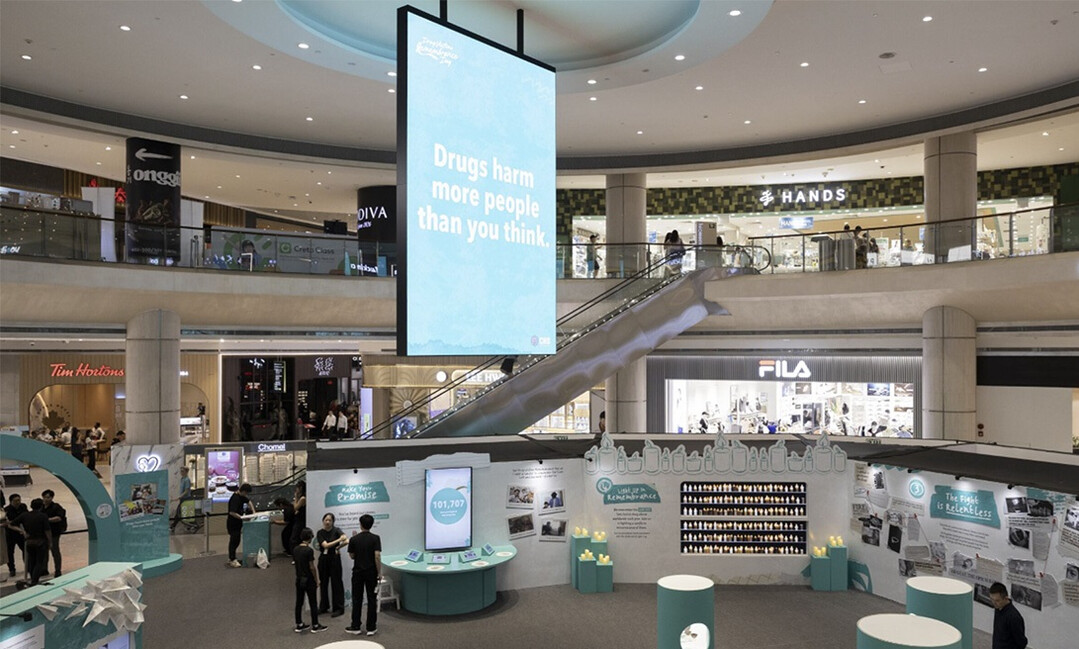
Every third Friday in May, Singapore commemorates 'Drug Victims Remembrance Day,' acknowledging the harm caused by drug abuse and remembering victims who have suffered from neglect, abuse, or violence. This year, the Central Narcotics Bureau (CNB), in collaboration with Edelman Singapore, focused on reinforcing the message that "drug abuse is never harmless and hurts more people than we think." This campaign is seen as an attempt to bring about a deep and emotional shift in Singaporean society's perception of the drug problem.
'Museum of Us': Stories of Pain, Love, and Recovery
The core of this year's campaign was 'Museum of Us,' a story-driven exhibition. Held from May 16th to 18th, this exhibition was an emotional space designed to allow visitors to directly experience intimate stories of pain, love, and recovery resulting from drug abuse. These stories, unearthed and curated based on real victims' testimonies, formed the heart of the exhibition while also enhancing the campaign's online and social media content, contributing to increased reach and engagement on digital platforms.
Audrey Ang, Director of Communications at CNB, stated, "This campaign was conceptualized to go beyond raising awareness of the harms of drug abuse, to reflect on the emotional toll on families and loved ones. With global narratives increasingly shaping a permissive attitude towards drug abuse, we sought to counter this by humanizing the issue. Through real stories and emotional experiences, the campaign aimed to foster a deeper societal and emotional understanding of the far-reaching impact of drug abuse."
The Power of Integrated Communications: From Strategy to Execution
This campaign immersed audiences in the emotional reality of drug abuse by leveraging various human-centric storytelling mediums. Jonathan Ha, Head of Digital and Integrated Solutions at Edelman Singapore, emphasized, "This campaign is a testament to the power of integrated communications. We are proud to have led the campaign from planning to execution, combining strategy, creativity, production, and partnerships to deliver a message that deeply connects with audiences. CNB was a bold and collaborative partner in embracing diverse creative approaches that evoked reflection, empathy, and connected deeply with audiences."
The campaign ecosystem vividly brought to life the stories of various victims, including several short films co-developed with The Hummingbird Co. Edelman led the overall campaign architecture, while The Merry Men Works brought the physical exhibition environment to fruition. Additionally, a total of 8 pop-up installations and 34 information displays were set up across Singapore to educate the general public and students about the severity of the drug problem.
Edelman was responsible not only for the overall campaign strategy, creative and content production, and media previews but also coordinated the official remembrance ceremony held on May 16th. Over 500 guests, including VIPs, students, and the victim profiles featured in the campaign, attended the event to remember drug victims and empathize with their suffering.
Deep Empathy from Visitors and Ongoing Dialogue
Sylvia Phua, a 34-year-old visitor to the exhibition, shared her impressions: "The exhibition was a powerful and moving tribute to the victims of drug abuse. Every detail reflected a thoughtful and creative approach to storytelling. There was care and intention in every element of 'Museum of Us,' and the way it engaged and drew people into the stories was compelling and deeply respectful."
This integrated campaign continues to spark dialogue in Singaporean society about the widespread costs of drug abuse. 'Museum of Us' went beyond a mere exhibition, revealing the deep wounds that drugs inflict on individuals, families, and society as a whole, and playing a crucial role in bringing the voices of hidden victims to the world. It is expected to raise awareness about the drug problem and ultimately strengthen efforts for a drug-free, healthy society. Singapore's campaign is lauded as a model example of how effective a human-centric approach can be in combating drug abuse.
[Copyright (c) Global Economic Times. All Rights Reserved.]





























